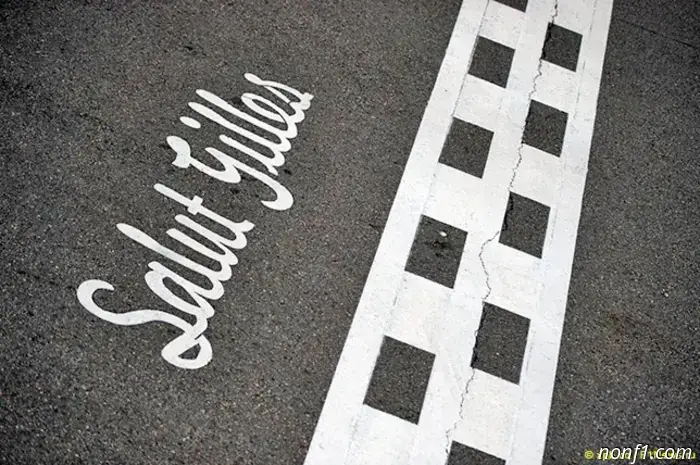
Canadian Grand Prix: Stage Preview
The Canadian Grand Prix is like compensation for fans after three consecutive stages on non–racing tracks in Imola, Monaco and Barcelona. A bright race on an interesting city track, where there are barriers nearby and you can overtake. The atmosphere is fantastic, the fans are well versed in racing – before Austin, the Canadian stage was one of two, along with Melbourne, where Formula 1 felt at home outside Europe.
The Canadian highway is one of the most controversial. It is simultaneously compared to Monaco and Monza. It would seem that what could the "labyrinth" on the shores of the Mediterranean Sea and the Italian "Temple of Speed" have in common? But the Montreal circuit surprisingly combines high-speed straights connected by slow turns with concrete walls surrounding the track. For many, the race in Montreal is one of the favorite stages of the season. Canada also loves its Grand Prix, which has a well-deserved reputation for being unpredictable and very interesting.
An old–school semi-stationary track between barriers on an artificial island, changeable weather, unusual settings and woodchucks watching what is happening - before the stage they try to move them out, but some like racing and stay. All this adds charm to the Canadian stage, forming a puzzle that needs to be solved better than others to win, which is not always possible for the leaders.
Before, it was almost impossible to name the winner of this race in advance, but the organizers moved away the dangerous areas, simplified the configuration, changed the asphalt – and for the last ten years the winner of the race has been very predictable. It was the pole winner seven times. Hamilton has five wins, Vettel has two, Verstappen has two in the last two years, and Ricciardo's first in 2014, when eight drivers failed to finish at once.
A truly legendary stage. Only here does the simple barrier at Turn 14 have its own name, the "Wall of Champions," which was acquired in 1999 after the crashes of three world champions.
As Nigel Mansell joked, "Formula 1 drivers fall into two categories: those who have crashed into this wall, and those who are yet to do so." However, now the wall does not pose the same danger – in 2002 it was moved back a meter, but accidents sometimes happen.
Accidents at the "Wall of Champions"
The Year
of the Racer
Team
Session
1997
A.Wurz
Benetton
Qualification
1997
J.Villeneuve
Williams
race, 1st lap
1999
R.Schumacher
Williams
qualification
of the 1999 Umbrella
BAR
race, 2nd lap
1999
D.Hill
Jordan
race, lap 14
, 1999
M.Schumacher
Ferrari
Race, Lap 29
, 1999
Villeneuve
BAR
race, lap 34
, 2001
R.Barrichello
Ferrari
qualification
2001
N.Heidfeld
Sauber
qualification
2005
D.Button
BAR
race, lap 46
, 2006
T.Monteiro
Midland
first training
session 2006
Montoya
McLaren
race, Lap 13
, 2007
V.Liuzzi
Toro Rosso
race, lap 54
, 2010
K.Kobayashi
BMW Sauber
race, 1st lap
2011
S.Vettel
Red Bull
the first training
session of 2012
by B.Senna
Williams
second training
session 2012
P.Maldonado
Williams
qualification
2016
K.Sainz
Toro Rosso
qualification
2019
K.Magnussen
Haas
qualification
2024 Zhou
Sauber
the third training session
Compared to last year's Canadian Grand Prix, there were six new drivers in the championship. And if in the case of Sargent and Zhou, a replacement was in order, then with the departure of Ricciardo, Magnussen, Bottas and Perez, Formula 1 still lost.
At first, it seemed that the "young blood" would refresh the fight in the World Cup, add new colors, but so far the expectations have not been fulfilled – several months have passed and their names are more often mentioned in connection with accidents and not all cause the same optimism.
In the long run, some of these replacements will certainly work, but not all. On the one hand, the experienced drivers who left the championship seemed to be approaching the end of their careers, on the other hand, age in Formula 1 does not affect the result, rather the opposite. Aston Martin relied on Alonso, Ferrari on Hamilton, Audi on Hulkenberg, relying on their experience.
Driving a really fast car (almost) any Formula 1 racer can become a champion, but the ability to make this car fast is given to few and requires completely different, if you will – socio-technical skills, where the simple ability to drive fast, so important in the youth series, is not enough. Not all fast drivers and junior champions reach at least their first victory in Formula 1 – ask Hulkenberg, but that didn't stop Audi from inviting Nico – his experience is important to them.
However, this applies not only to the racers. Renault has tried many strong managers who can make any business successful, but they failed in Formula 1, and Flavio Briatore was returned to this post, who has no specialized education, he is not a manager, not a technician, he just knows how to create teams capable of winning.
In Formula 1, the result of rearranging the terms is very different.


Other articles
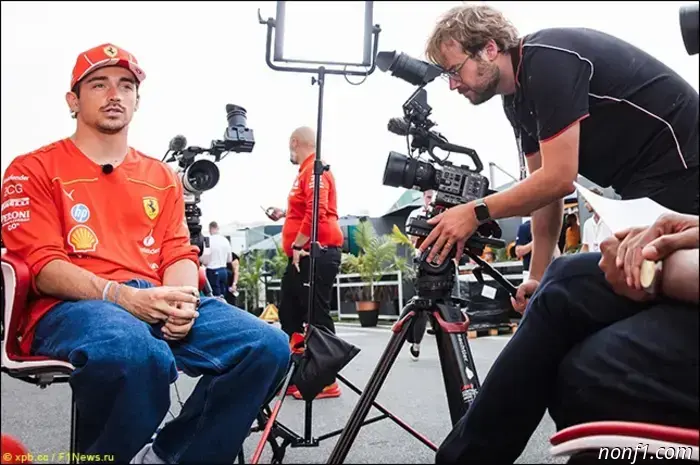 Canadian Grand Prix: Comments before the stage
Comments from drivers and teams before the Canadian Grand Prix...
Canadian Grand Prix: Comments before the stage
Comments from drivers and teams before the Canadian Grand Prix...
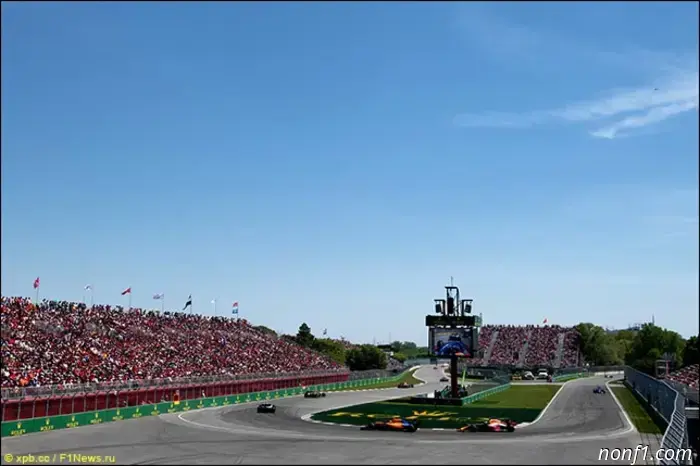 Canadian Grand Prix: Weather forecast for the weekend
It will be cool and almost no precipitation in Montreal over the weekend.
Canadian Grand Prix: Weather forecast for the weekend
It will be cool and almost no precipitation in Montreal over the weekend.
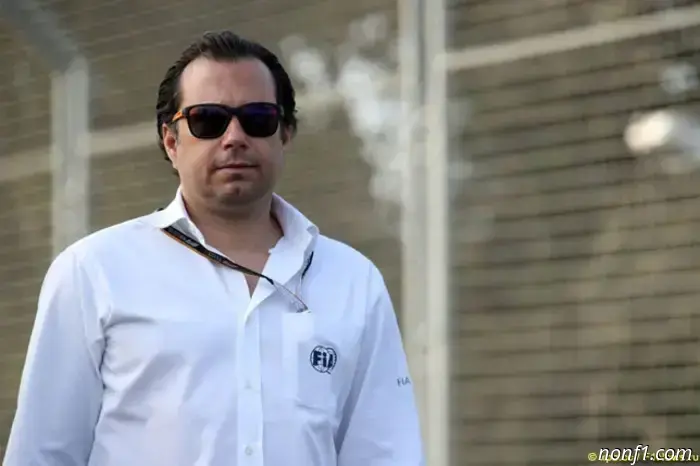 Enrique Bernoldi is the third steward in Canada.
Former Formula 1, ChampCar, IndyCar, WEC and FIA GT racer Enrique Bernoldi has been invited to serve as the third steward of the Canadian Grand Prix.
Enrique Bernoldi is the third steward in Canada.
Former Formula 1, ChampCar, IndyCar, WEC and FIA GT racer Enrique Bernoldi has been invited to serve as the third steward of the Canadian Grand Prix.
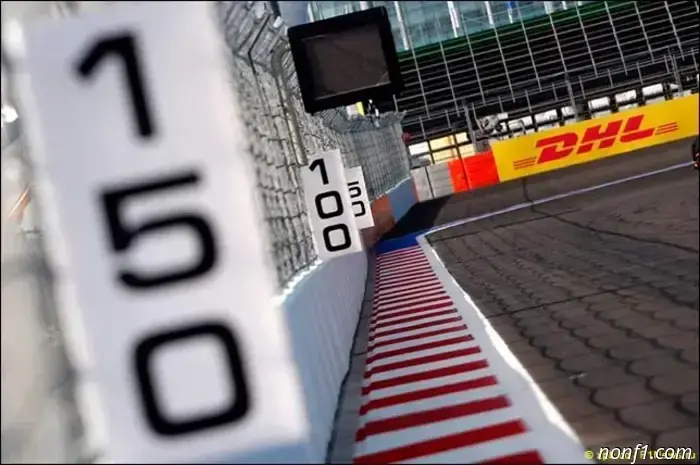 Canadian Grand Prix: Round Numbers
Possible anniversary achievements in the upcoming Grand Prix...
Canadian Grand Prix: Round Numbers
Possible anniversary achievements in the upcoming Grand Prix...
 Canadian Grand Prix: Track and statistics
The history of the Canadian race is full of tragedies and triumphs. It is almost impossible to guess the winner here, and the leaders are not always lucky...
Canadian Grand Prix: Track and statistics
The history of the Canadian race is full of tragedies and triumphs. It is almost impossible to guess the winner here, and the leaders are not always lucky...
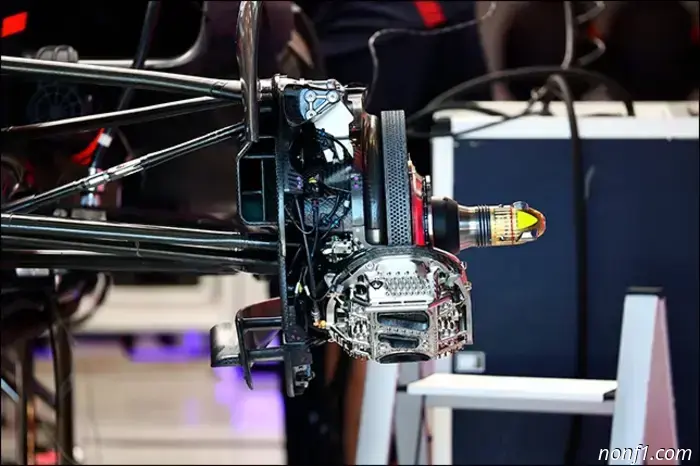 The Canadian Grand Prix: The point of the most serious braking
Brembo has published a video about the point of the most serious braking on the highway in Montreal.
The Canadian Grand Prix: The point of the most serious braking
Brembo has published a video about the point of the most serious braking on the highway in Montreal.
Canadian Grand Prix: Stage Preview
The Canadian Grand Prix is like compensation for fans after three stages on non–racing tracks...
